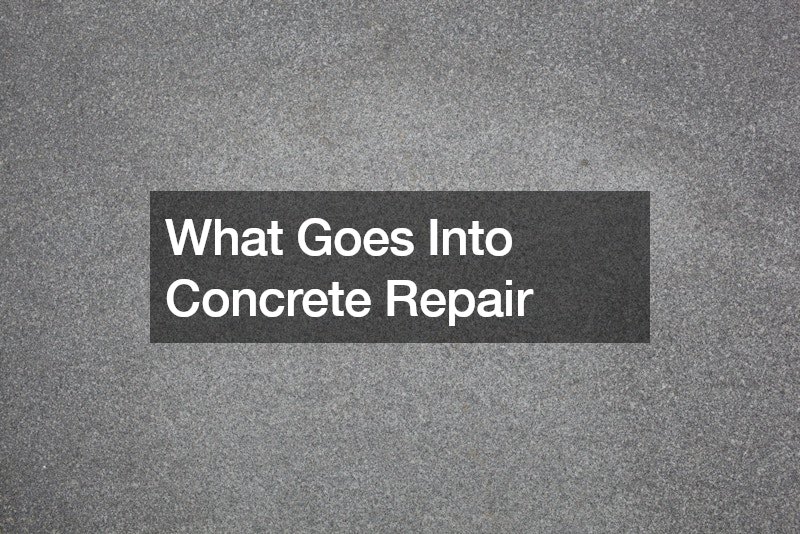

Concrete is a durable and versatile building material used in a wide range of construction projects, from sidewalks and driveways to bridges and buildings. However, over time, concrete can deteriorate due to various factors such as weathering, corrosion, cracking, and structural damage. When concrete surfaces show signs of wear and damage, it’s essential to address these issues promptly through concrete repair and restoration. In this article, we’ll explore what goes into concrete repair and restoration, focusing on the key components, techniques, and materials, including concrete repair & restoration adhesives.
Assessment and Inspection: The first step in any concrete repair and restoration project is to assess the extent of the damage and identify the underlying causes.
A thorough inspection of the concrete surface helps determine the type and severity of the damage, whether it’s surface cracks, spalling, delamination, or structural defects.
Surface Preparation: Proper surface preparation is crucial for ensuring the success and longevity of concrete repair and restoration projects. Before applying any repair materials, the concrete surface must be thoroughly cleaned, dried, and free of loose debris, dirt, oil, grease, and contaminants.
Crack Repair and Filling: Cracks are common in concrete structures and can compromise their integrity and appearance if left unaddressed. Cracks in concrete can be repaired using various techniques, including crack injection, epoxy injection, and crack filling.
Patching and Resurfacing: For larger areas of damage or deterioration, patching and resurfacing may be necessary to restore the surface of the concrete. Patching involves filling voids, holes, and spalls with a suitable repair mortar or concrete mix while resurfacing entails applying a thin layer of overlay or topping to the existing concrete surface to restore its appearance and functionality.
Structural Repair and Reinforcement: In cases where concrete structures exhibit significant damage or deterioration, structural repair and reinforcement may be required to restore their strength, stability, and load-bearing capacity. Structural repair techniques may include concrete spall repair, rebar replacement, carbon fiber reinforcement, and shotcrete application.
Sealing and Waterproofing: To protect repaired concrete surfaces from moisture intrusion, chemical attack, and environmental degradation, sealing and waterproofing are essential steps in the repair and restoration process. Sealants and waterproofing coatings are applied to the surface of the concrete to create a protective barrier that prevents water penetration and enhances the durability and longevity of the repair.
Concrete repair and restoration involve a combination of assessment, preparation, repair techniques, and materials to address various types of damage and deterioration in concrete structures.




